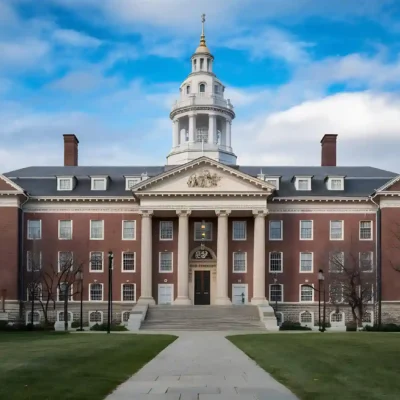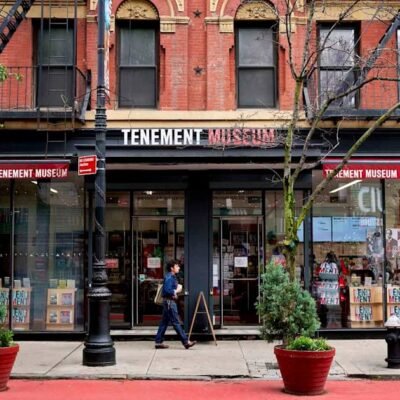A Global Crisis for Wildlife
The world is witnessing a devastating decline in wildlife populations due to habitat loss. Forests, wetlands, and grasslands are being cleared for agriculture, urban development, and industrial activities, leaving many species with nowhere to go. Scientists warn that unless urgent conservation efforts are made, several species could go extinct within decades. The destruction of ecosystems is not just a threat to animals but also to humanity. Biodiversity plays a crucial role in maintaining balance in the environment, affecting everything from air quality to climate regulation.
Understanding Habitat Loss
Causes of Habitat Destruction
- Deforestation: Large-scale clearing of forests for timber, farming, and infrastructure projects. Rainforests, which house nearly 80% of the world’s terrestrial species, are disappearing at alarming rates. The Amazon, often referred to as the “lungs of the Earth,” has lost millions of acres to logging and agriculture.
- Urban Expansion: Cities and towns are expanding rapidly, encroaching on natural habitats. As human populations grow, natural lands are converted into housing, roads, and commercial developments, leaving wildlife with fewer places to live and breed.
- Agricultural Activities: Farmlands are replacing forests, reducing wildlife corridors. Monoculture farming, where only one type of crop is grown, further depletes biodiversity and disrupts the ecosystem.
- Climate Change: Rising temperatures and erratic weather patterns are altering ecosystems. Many species rely on specific environmental conditions to survive, and when their habitat becomes too hot or dry, they struggle to adapt.
- Pollution: Industrial waste, plastic pollution, and chemical runoff are contaminating habitats. Oceans and rivers are becoming toxic for marine life due to oil spills, plastic debris, and chemical dumping, leading to declining populations of aquatic species.
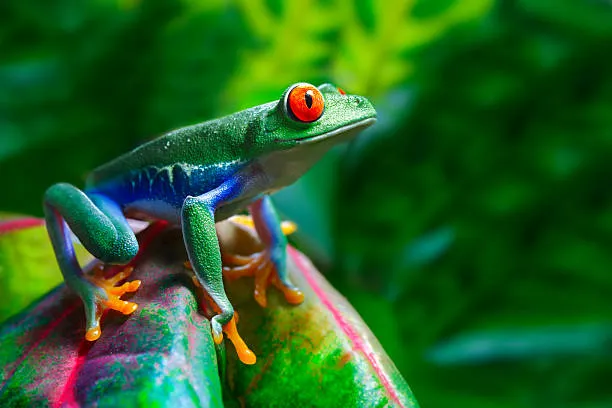
Endangered Species at Risk
Several species are on the brink of extinction due to habitat loss:
- Amur Leopard: With fewer than 100 individuals left, these rare big cats are losing their forests. The destruction of their habitat due to logging and human settlement has drastically reduced their numbers.
- Sumatran Orangutan: Deforestation for palm oil plantations is driving them toward extinction. Palm oil is used in many household products, from shampoo to processed foods, making it a significant driver of habitat destruction.
- Hawksbill Turtle: Pollution and coastal development are endangering these marine creatures. Coral reefs, which are essential for their survival, are being destroyed by climate change and human activities.
- Asian Elephant: Shrinking forests have led to conflicts with humans, threatening their survival. Elephants require vast areas to roam and find food, but habitat fragmentation has left them struggling to survive.
- Bornean Pygmy Elephant: Agricultural expansion is fragmenting their habitat, reducing their numbers. As forests are cleared, these gentle giants are forced into smaller areas, leading to food shortages and increased human-wildlife conflicts.
Bold Conservation Efforts to Save Wildlife
1. Protected Areas and Wildlife Reserves
Governments and conservationists are working to expand protected areas where endangered species can thrive. National parks, marine reserves, and wildlife sanctuaries provide safe spaces for animals. These areas are carefully managed to ensure that ecosystems remain intact and that species have the resources they need to survive.
2. Reforestation and Habitat Restoration
Several organizations are planting trees and restoring degraded ecosystems to bring back lost habitats. Reforestation projects aim to rebuild forests that were destroyed by logging and agriculture. Efforts like the Great Green Wall in Africa, which aims to plant millions of trees, are crucial in restoring natural landscapes and preventing desertification.
3. Anti-Poaching and Law Enforcement
Illegal hunting and wildlife trafficking are major threats to endangered species. Governments are increasing patrols, imposing stricter penalties, and using technology like drones and AI to track poachers. In some regions, specially trained anti-poaching teams work around the clock to protect species like rhinos and tigers from illegal hunting.
4. Community Involvement and Ecotourism
Local communities play a crucial role in conservation. Ecotourism initiatives provide economic incentives for communities to protect wildlife instead of exploiting natural resources. When communities benefit financially from preserving nature, they are more likely to take part in conservation efforts rather than activities that destroy habitats.
5. Scientific Research and Breeding Programs
Zoos, research institutions, and conservation groups are running breeding programs for critically endangered species. These initiatives help increase populations before reintroducing animals into the wild. Advances in genetic research are also helping scientists develop ways to boost population numbers and prevent genetic decline in endangered species.
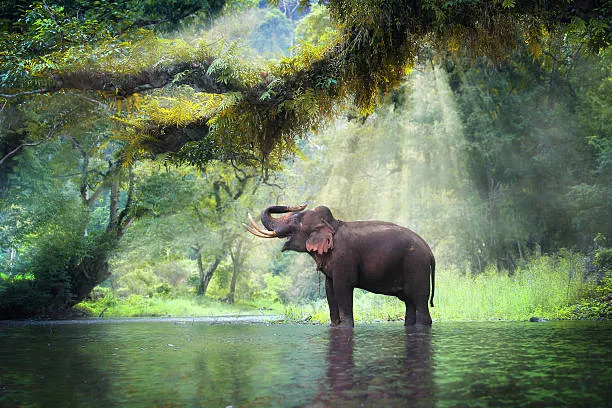
The Role of Climate Change in Habitat Destruction
Rising temperatures, unpredictable weather, and increasing wildfires are making habitats unsuitable for many species. Conservationists emphasize the need to combat climate change through global efforts, including reducing carbon emissions and promoting sustainable practices. Without significant reductions in greenhouse gas emissions, even the best conservation efforts may not be enough to save some species from extinction.
How Individuals Can Help
- Support Conservation Organizations: Donate to reputable wildlife protection groups. Organizations like WWF, the Nature Conservancy, and Rainforest Alliance work tirelessly to protect habitats and wildlife.
- Reduce, Reuse, Recycle: Minimize waste to prevent pollution. Proper waste management can significantly reduce the impact of plastic and chemical waste on wildlife.
- Choose Sustainable Products: Avoid products linked to deforestation, such as palm oil. Look for certification labels like Fair Trade, Rainforest Alliance, or FSC (Forest Stewardship Council) when shopping.
- Raise Awareness: Share information and encourage others to take action. Social media can be a powerful tool in spreading awareness and advocating for wildlife conservation.
- Volunteer for Conservation Projects: Participate in tree planting and wildlife protection initiatives. Many organizations offer opportunities for individuals to get directly involved in conservation efforts.
- Reduce Your Carbon Footprint: Use energy-efficient appliances, drive less, and support renewable energy sources. Reducing carbon emissions can slow down climate change and help protect natural habitats.
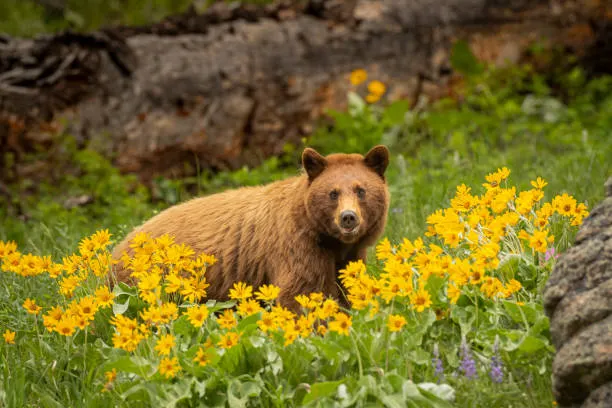
Conclusion: The Urgency to Act Now
The battle against habitat loss is critical to preserving biodiversity. Conservation efforts are making a difference, but more needs to be done. Governments, organizations, and individuals must unite to ensure a future where endangered species can thrive. If we act now, we can still save many of the world’s most vulnerable creatures from extinction. Every action, no matter how small, contributes to the larger goal of preserving our planet’s precious wildlife.
Final Thoughts
The fate of endangered species rests in human hands. The choices we make today will determine whether future generations will inherit a world filled with diverse wildlife or one where many species exist only in history books. Conservation is not just about saving animals—it’s about preserving the delicate balance of nature that sustains all life on Earth. The time to act is now!
Do Follow USA Glory For More Updates.


